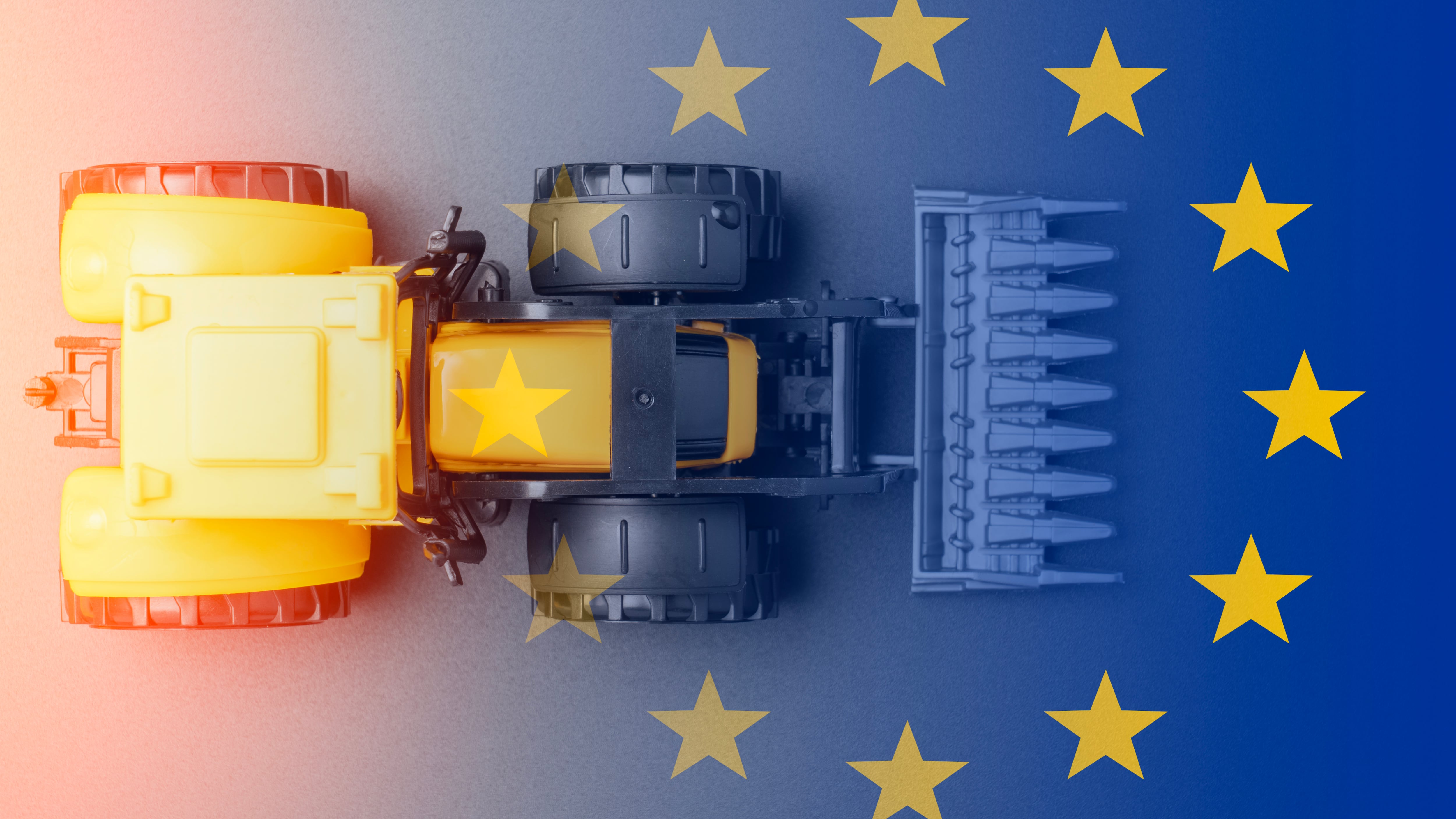In the recently released ‘Vision for the Future of Agriculture’ strategy, the European Union outlined its commitment to develop ‘a stronger alignment of production standards’ for its imported products, notably in regards to pesticides and animal welfare.
This means some imported products using banned methods will not be permitted for trade in the EU, largely to protect farmers. Recent reports have suggested that among the first targets will be US-grown soybeans.
Some have, however, suggested that these bans, or ‘mirror clauses’, may be illegal under World Trade Organisation (WTO) rules. One former EU official wrote they have the potential to lead to protectionism.
What are mirror clauses?
Mirror clauses are a type of non-tariff barrier. They are, essentially, when one country tries to make another country compliant with its own standards around production, explains Jose Maria Vinals, partner at the law firm Squire Patton Boggs. This is done through bans on imports of products not made by the same standards.
This is often linked to the protection of farmers. EU regulations on production, including around sustainability, animal welfare, and pesticides and herbicides, often require a great deal of compliance costs and therefore makes EU-made products more expensive.
When products are made to different standards, and are consequentially cheaper, are imported, the idea is that they have the potential to undercut EU farmers' costlier products.
They are often part of trade treaties (such as the recent EU-Mercosur treaty).
When are they justifiable?
Mirror clauses have, in the past, been accused of being against the principles of the WTO. According to Vinals, they are sometimes, but not always, justified.
“There are principles that may justify those mirror clauses, so we call those causes ‘justifiable’,” he explains, “and some other times they are just impositions, where the stronger part of the treaty is imposing those mirror clauses.”
In the second case, if a mirror clause is seen simply as an imposition of standards without justification, this could be considered as against the principles of the WTO. Some academic discourse believes that all mirror clauses come under this category.
There are a number of prerequisites for a mirror clause being compliant with WTO. Firstly, it must be justifiable.
For example, WTO case law suggests that mirror clauses aimed at getting another party to comply with an international standard are justifiable. Deforestation regulation would come under this category, as it aligns with international agreements such as the Paris Agreement.
Furthermore, there must be a need to have this kind of limitation before a mirror clause is imposed.
Thirdly, there must not be other ways of making the targeted country comply that do not involve putting restrictions on the imports.
If mirror clauses are not framed correctly, as legitimate in these ways, then it could go against the requirements of the WTO.
However, if there is renewed aggression in the application of mirror clauses, suggests Vinals, it may be driven by the perceived weakness of the WTO as ‘a lion without teeth’ which can no longer effectively solve disputes between its members.




